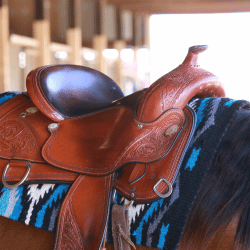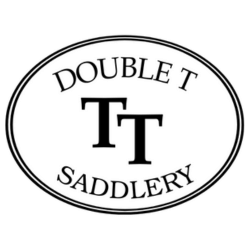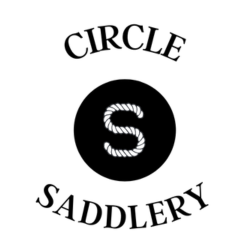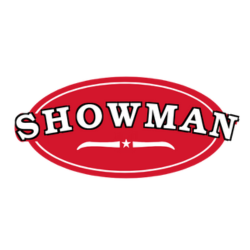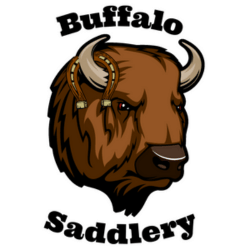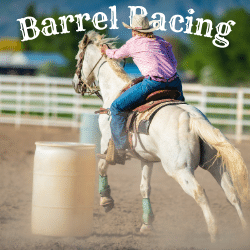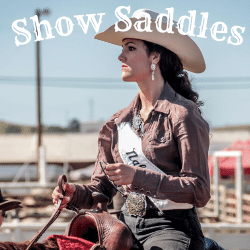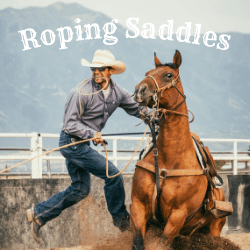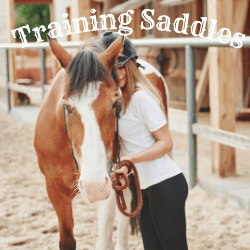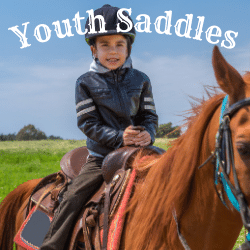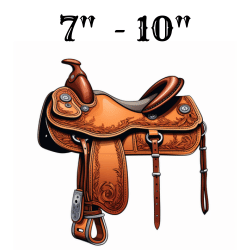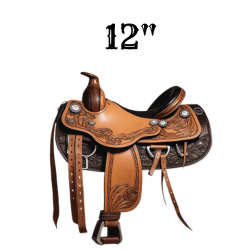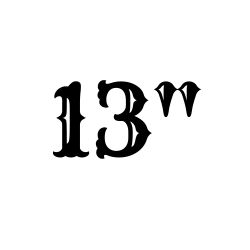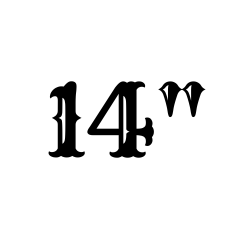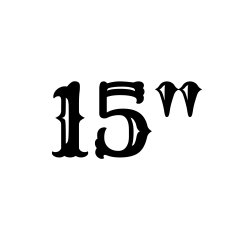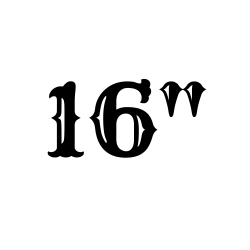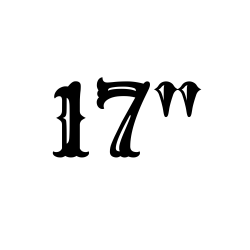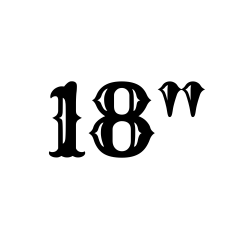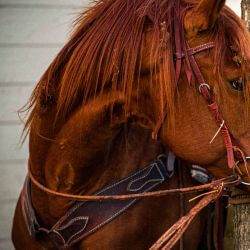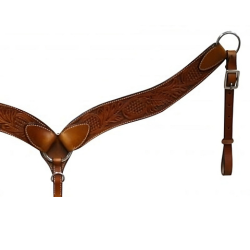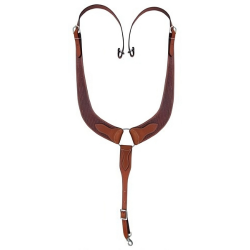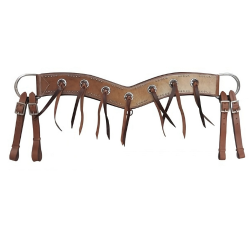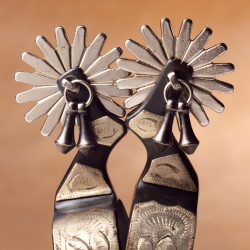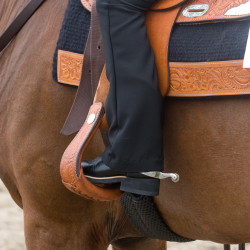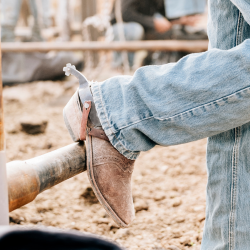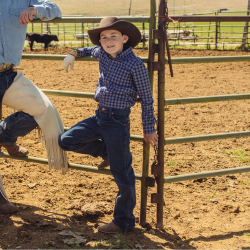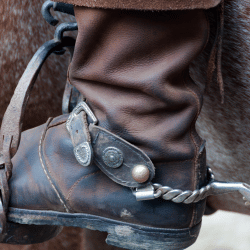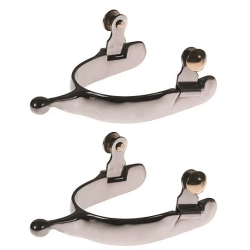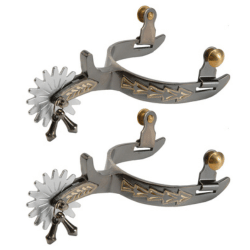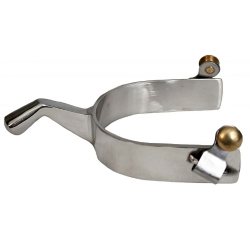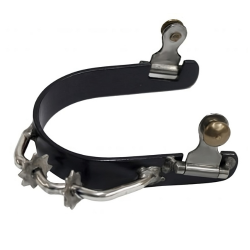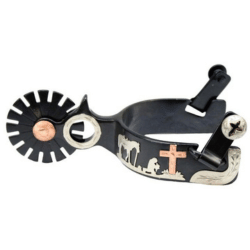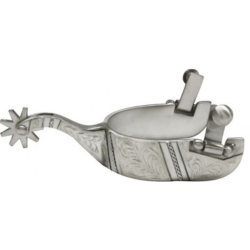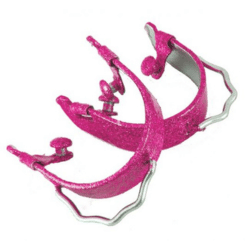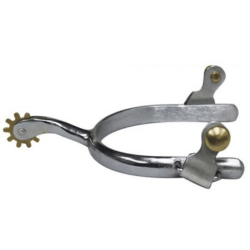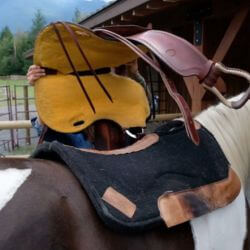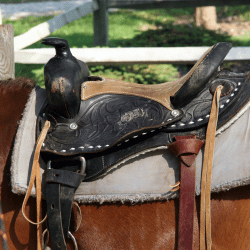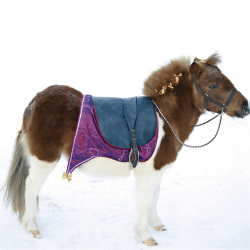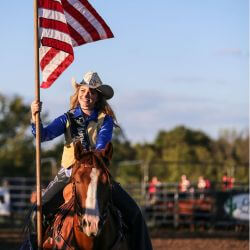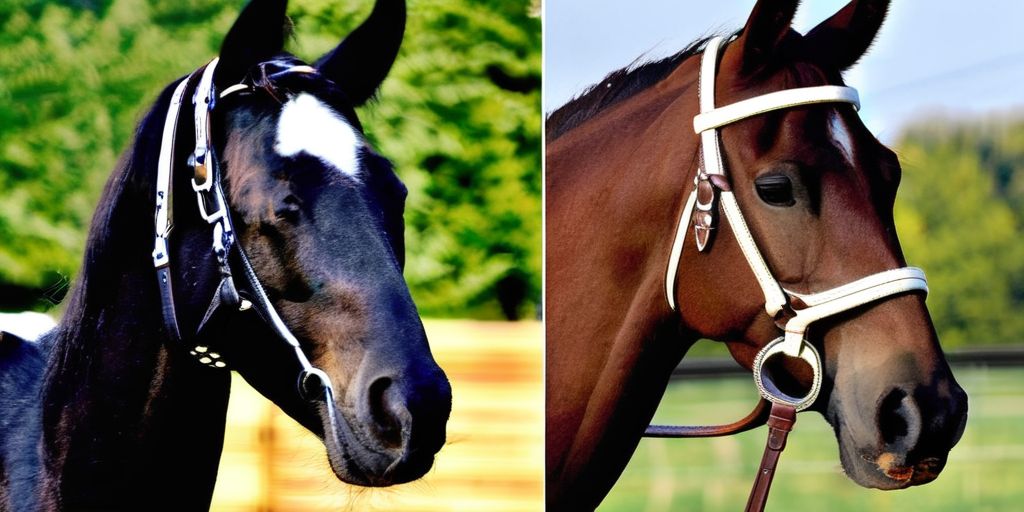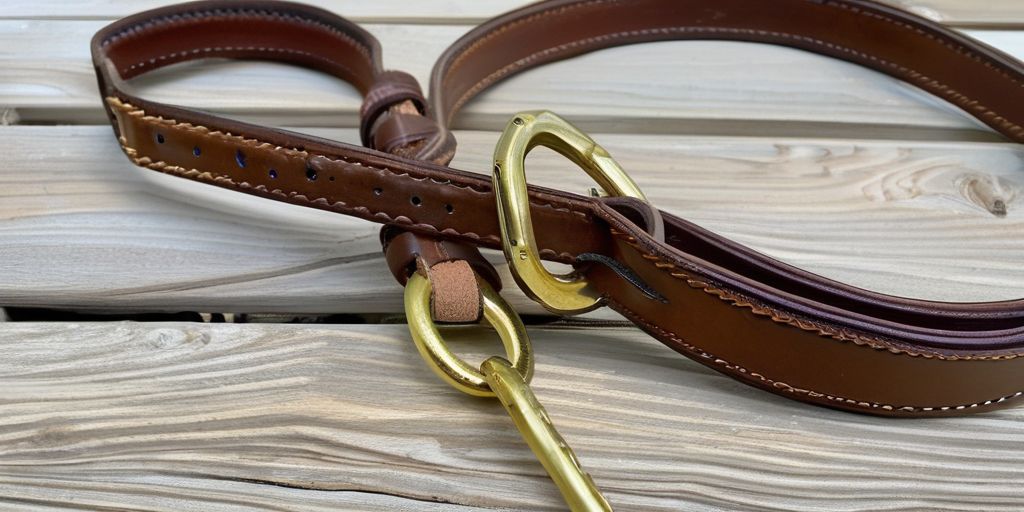In the world of horse riding, it is important to have a clear understanding of the equipment used. Two commonly confused pieces of equipment are the headstall and bridle. While they may seem similar, there are distinct differences between the two. This article will explore the basics of headstalls and bridles, their components, functionality and usage, common misconceptions, and key differences. By the end, you will have a better understanding of these essential pieces of horse riding equipment.
Key Takeaways
- A headstall is a part of a bridle that goes over the horse's head and holds the bit in place.
- A bridle is the entire assembly that includes the headstall, bit, reins, and other components.
- The key difference between a headstall and bridle is that a headstall is a component of a bridle, while a bridle is the complete set of equipment used to control a horse.
- Headstalls can be made from various materials such as leather, nylon, or biothane, while bridles can also be made from these materials as well as synthetic materials.
- When choosing a headstall or bridle, it is important to consider factors such as the horse's size, discipline, and personal preference.
Understanding the Basics

What is a headstall?
A headstall is an essential piece of equipment used in horse riding. It is a part of the bridle that goes over the horse's head and holds the bit in place. The headstall consists of various components, including the crownpiece, cheekpieces, throatlatch, and browband. Each component plays a crucial role in providing comfort and control for the horse during riding.
When choosing a headstall, it is important to consider the materials used, such as leather or synthetic materials. The type of headstall, such as a one-ear headstall or a browband headstall, also affects the fit and function. It is essential to select a headstall that fits properly and suits the horse's needs and riding discipline.
What is a bridle?
A bridle is an essential piece of equipment used in horse riding. It consists of various components that work together to control and guide the horse. The main purpose of a bridle is to communicate cues to the horse through the reins, allowing the rider to direct the horse's movement and control its speed and direction.
A bridle typically includes a headstall, bit, and reins. The headstall is the part that goes over the horse's head and holds the bit in place. The bit is a metal mouthpiece that sits in the horse's mouth and is connected to the reins. The reins are the straps that the rider holds and uses to communicate with the horse.
In addition to these basic components, bridles can also have additional features such as nosebands, browbands, and throatlatches. These additional components provide extra control and stability, depending on the horse's needs and the rider's preferences.
When choosing a bridle, it is important to consider factors such as the horse's size, temperament, and the rider's riding discipline. Different types of bridles are available, including snaffle bridles, double bridles, and Western bridles, each designed for specific purposes and riding styles.
Key differences between a headstall and bridle
While a headstall and a bridle are both essential pieces of equipment for horse riding, there are some key differences between the two. A headstall refers to the part of the bridle that goes around the horse's head and holds the bit in place. On the other hand, a bridle is the complete set of equipment that includes the headstall, reins, and bit. In simple terms, a headstall is a component of a bridle.
One important difference is that a headstall is used primarily in Western riding, while a bridle is used in both Western and English riding disciplines. Another difference is the design and style. Headstalls typically come in three different styles: browband, sliding ear, and split ear, depending on the discipline and personal preference.
When choosing between a headstall and a bridle, it's important to consider the specific riding discipline and the comfort and fit for both the horse and the rider. It's also essential to choose high-quality materials that are durable and suitable for the intended use.
Components of a Headstall

Headstall materials
Headstalls are made from a variety of materials, each with its own unique characteristics. Leather is a popular choice for headstalls due to its durability and classic look. It is known for its strength and ability to withstand wear and tear. Another common material used for headstalls is nylon, which is lightweight and easy to clean. Nylon headstalls are often preferred for their affordability and versatility. Some headstalls are also made from biothane, a synthetic material that is resistant to water and requires minimal maintenance. Biothane headstalls are popular among riders who frequently ride in wet conditions or need a headstall that is easy to care for.
Types of headstall
There are several types of headstalls available for horse riders. Each type has its own unique features and benefits. Here are some common types of headstalls:
-
Browband Headstall: This type of headstall has a single strap that goes across the horse's forehead, creating a 'browband' shape. It is a popular choice for riders who prefer a simple and classic look.
-
One Ear Headstall: As the name suggests, this headstall has a single earpiece that goes over one ear of the horse. It provides a minimalist and streamlined appearance.
-
Split Ear Headstall: This headstall has two separate earpieces that go over each ear of the horse. It offers a more secure fit and is commonly used in western riding disciplines.
-
Slip Ear Headstall: The slip ear headstall features a single earpiece that slides through a loop on the headstall. It allows for easy adjustment and is often used in western riding.
-
Show Headstall: Show headstalls are designed to be more decorative and flashy, often featuring intricate tooling, silver accents, and fancy buckles. They are commonly used in showmanship and other competitive events.
How to choose the right headstall
When choosing the right headstall for your horse, there are a few important factors to consider:
-
Material: Headstalls can be made from various materials such as leather, nylon, or biothane. Each material has its own advantages and disadvantages, so it's important to choose one that suits your horse's needs and your personal preferences.
-
Fit: The headstall should fit your horse comfortably without being too tight or too loose. It should sit snugly on the horse's head without causing any discomfort or rubbing.
-
Style: Headstalls come in different styles, such as one-ear, two-ear, or browband. Consider the style that best suits your riding discipline and personal taste.
-
Hardware: Pay attention to the hardware used on the headstall. It should be sturdy and durable to ensure the safety of both you and your horse.
Remember, choosing the right headstall is essential for the comfort and communication between you and your horse.
Components of a Bridle

Bridle materials
The materials used to make a bridle can vary depending on the desired level of durability and comfort. Common materials include leather, nylon, and synthetic materials. Leather bridles are popular for their classic look and durability, while nylon bridles are often more affordable and easier to clean. Synthetic materials like biothane are becoming increasingly popular due to their durability and low maintenance requirements. When choosing a bridle, it's important to consider the material that best suits your horse's needs and your personal preferences.
Types of bridle
There are several types of bridles available for different riding disciplines and preferences. Each type of bridle has its own unique design and purpose. Here are some common types of bridles:
- Snaffle Bridle: This type of bridle is commonly used for basic riding and training. It consists of a simple bit and reins.
- Double Bridle: Also known as a Weymouth bridle, this type of bridle is used in advanced dressage. It includes two bits, a snaffle bit, and a curb bit.
- Western Bridle: This type of bridle is commonly used in Western riding. It typically has a larger and heavier bit compared to English bridles.
- Hackamore Bridle: This type of bridle does not have a bit and instead uses pressure on the horse's nose and chin for control.
When choosing a bridle, it is important to consider the riding discipline, the horse's comfort, and the rider's preferences.
How to choose the right bridle
Choosing the right bridle is essential for ensuring the comfort and control of your horse. Here are some factors to consider when selecting a bridle:
-
Fit: The bridle should fit your horse properly to avoid discomfort or rubbing. Make sure to measure your horse's head and choose a bridle that matches the measurements.
-
Material: Bridles can be made from various materials such as leather, synthetic, or nylon. Consider the durability, flexibility, and maintenance requirements of each material.
-
Style: There are different styles of bridles available, including snaffle, double bridle, and bitless bridle. Choose a style that suits your riding discipline and your horse's needs.
-
Bit: The type of bit you use with the bridle is important. Consider the size, material, and design of the bit to ensure it is suitable for your horse's mouth.
Remember, it's always a good idea to consult with an experienced equestrian or trainer for guidance on choosing the right bridle for your horse.
Functionality and Usage

How a headstall is used
A headstall is an essential piece of equipment used in horse riding. It is a strap or set of straps that go around the horse's head to hold the bit in place. The headstall is attached to the bridle and is responsible for keeping the bridle securely on the horse's head. When using a headstall, it is important to ensure that it fits comfortably around the horse's head. Allow about two fingers' width between the horse's head and the headstall. This ensures that the horse is comfortable and can move its head freely while still maintaining control.
How a bridle is used
A bridle is an essential piece of equipment used in horse riding. It is used to control and communicate with the horse while riding. The bridle consists of several components, including the headstall, bit, reins, and throatlatch. When using a bridle, the rider places the headstall over the horse's head, adjusts the bit in the horse's mouth, and holds the reins to guide the horse's movements.
To use a bridle effectively, it is important to have a good understanding of the horse's anatomy and behavior. The rider should have a light and steady contact with the horse's mouth through the reins. This allows for clear communication and aids in controlling the horse's speed, direction, and movements.
Tip: When using a bridle, make sure to adjust the headstall and bit properly to ensure the horse's comfort and safety. It is also important to regularly check the bridle for any signs of wear and tear and replace any damaged parts as needed.
When to use a headstall vs a bridle
Knowing when to use a headstall versus a bridle is essential for any horse owner. While both serve similar purposes, there are some key differences to consider.
A headstall is typically used for groundwork and basic handling. It consists of a noseband and a headpiece that goes behind the ears. Headstalls are commonly used for leading, tying, and basic control of the horse.
On the other hand, a bridle is primarily used for riding and driving. It includes a headstall, but also has a bit attached to it. The bit allows the rider to communicate with the horse through rein pressure.
So, when deciding whether to use a headstall or a bridle, consider the level of control and communication you need with your horse. If you're just doing groundwork or basic handling, a headstall will suffice. But if you're riding or driving, a bridle with a bit is necessary for proper communication and control.
Common Misconceptions

Confusing a headstall with a bridle
While headstalls and bridles are both essential pieces of horse tack, they are not the same thing. It's common for people to confuse the two, but understanding their differences is important for proper horse care and riding.
A headstall is a part of the bridle that goes over the horse's head and secures the bridle in place. It consists of cheekpieces, a throatlatch, and a browband. The headstall provides stability and support for the bridle, ensuring it stays in the correct position during riding.
On the other hand, a bridle is the complete set of equipment used to control a horse. It includes the headstall, reins, and bit. The bridle allows the rider to communicate with the horse and guide its movements.
To avoid confusion, remember that the headstall is just one component of the bridle, while the bridle encompasses the entire set of equipment.
Misunderstanding the purpose of a headstall
One common misunderstanding about headstalls is that they are only used for decorative purposes. While it's true that headstalls can be beautifully designed and add flair to a horse's appearance, their main purpose is functional. A headstall is an essential component of a bridle and is used to secure the bit in the horse's mouth. It provides stability and control, allowing the rider to communicate effectively with the horse.
Misconceptions about bridles
There are several common misconceptions about bridles that can lead to confusion. One misconception is that a bridle is the same as a headstall. While a headstall is a component of a bridle, they are not interchangeable. Another misconception is that a bridle is only used for controlling a horse. While it is true that a bridle is used for steering and stopping a horse, it also serves other purposes such as providing comfort and communication between the rider and the horse. Additionally, some people mistakenly believe that all bridles are the same. In reality, there are different types of bridles that are designed for specific riding disciplines and horse breeds.
Conclusion
In conclusion, understanding the difference between a headstall and bridle is essential for any horse enthusiast. While both serve the purpose of controlling the horse, a headstall is a part of the bridle that goes around the horse's head, while a bridle is the complete set of equipment that includes the headstall, reins, and bit. Knowing the distinction between these two terms will help you communicate effectively with other horse riders and ensure the proper use of equipment. So next time you're at the stable, impress your friends with your knowledge of headstalls and bridles!
Frequently Asked Questions
What is the main difference between a headstall and a bridle?
The main difference between a headstall and a bridle is that a headstall is a part of a bridle. A headstall refers to the headpiece that goes over the horse's head and holds the bit in place, while a bridle includes the headstall along with other components such as reins and a bit.
Can a headstall be used without a bridle?
No, a headstall cannot be used without a bridle. The headstall is an essential component of a bridle and is used to secure the bit in the horse's mouth. Without the other components of a bridle, such as the reins, a headstall alone is incomplete and cannot be used for riding or controlling the horse.
What are the different materials used for headstalls and bridles?
Headstalls and bridles can be made from various materials, including leather, nylon, and synthetic materials. Leather is a popular choice for its durability and classic appearance, while nylon and synthetic materials offer affordability and easy maintenance.
How do I choose the right headstall for my horse?
When choosing a headstall for your horse, consider factors such as the horse's size, comfort, and intended use. Ensure that the headstall fits properly and is made from high-quality materials. It is also important to choose a style that matches your riding discipline and personal preferences.
What are the different types of bridles?
There are several types of bridles, including snaffle bridles, double bridles, and Western bridles. Snaffle bridles are commonly used for basic riding and training, while double bridles are used in advanced dressage. Western bridles are designed for Western riding disciplines and often feature decorative elements.
When should I use a headstall instead of a bridle?
A headstall is used when you only need to secure the bit in the horse's mouth without using reins for control. This can be useful when lunging or ground driving a horse. However, for riding and controlling the horse's movements, a complete bridle with reins is necessary.

